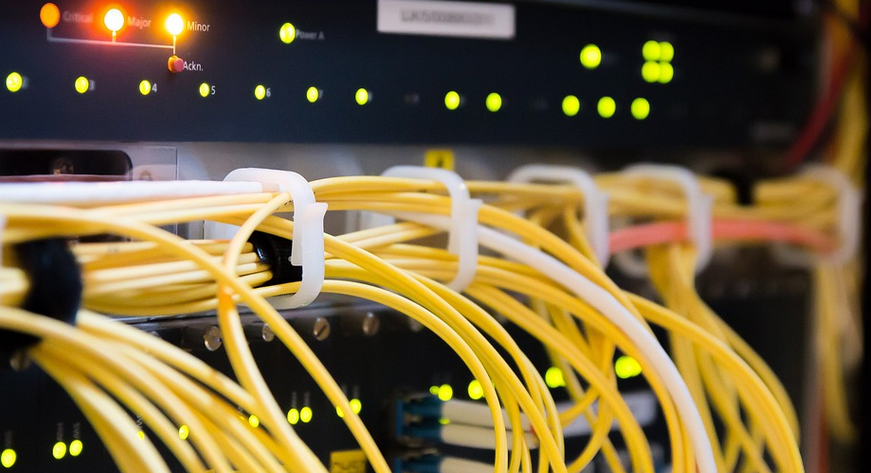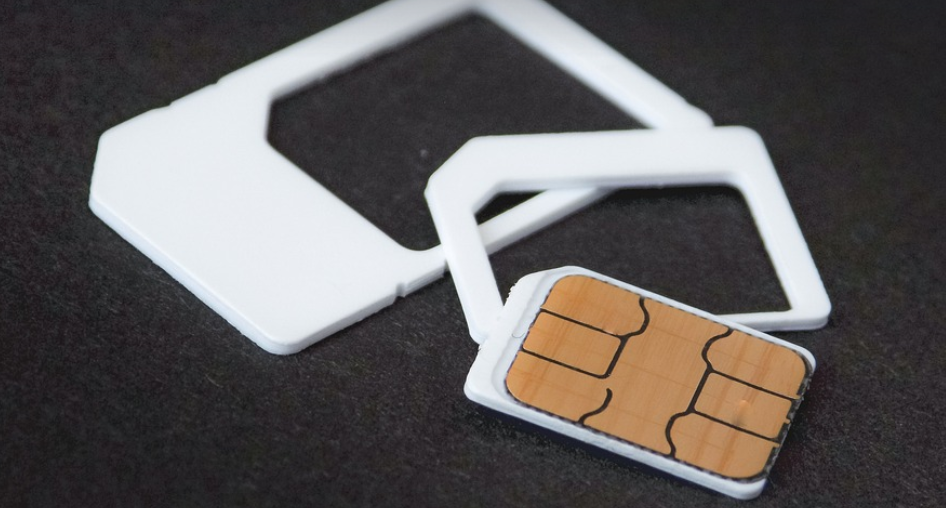What’s the Real Deal on These Mechanical Marvels?
Ever wondered about the inner workings of your car, specifically how it shifts gears and gets you from point A to B smoothly? The answer lies in two key components: gearboxes and transmissions. While they might sound like one big word, they have distinct roles in making your vehicle function.
The Gearbox: Your Car’s Internal Choreographer
Imagine a gearbox as the talented choreographer within a dance routine. It receives power from the engine, then splits it into different energy streams for various driving scenarios. Essentially, it translates the power generated by the engine into specific torque outputs required for acceleration, cruising, and even slow maneuvering.
This internal choreography relies on gears: carefully engineered metal pieces that mesh at varying angles to change the speed and torque of the car’s rotation. The gearbox utilizes these gears in a clever process called gear changing. When you press the clutch pedal (to shift gears), it effectively changes the gear ratio, thereby altering the balance between power and energy efficiency.
Gearboxes are often found within the engine compartment of your vehicle. They are responsible for smooth transitions between gears, particularly during acceleration or deceleration. This allows the car to adapt its speed to various driving conditions, from uphill climbs to highway speeds.
The Transmission: The Road’s Master Conductor
Now picture a transmission as the conductor of an orchestra, seamlessly orchestrating the delivery of power to the wheels. It’s a crucial component for controlling and managing the output of your engine’s force, ultimately translating that force into efficient movement.
Think of it as the bridge connecting your car’s power source (engine) with its final destination – the wheels. The transmission accomplishes this feat through the use of clutches and gears in a series-based design.
Transmission types vary widely, each offering unique characteristics: manual, automatic, continuously variable transmission (CVT). Each type utilizes different mechanisms to optimize power delivery, allowing for various driving styles.
Understanding the Difference: A Closer Look
The difference between a gearbox and a transmission lies in their primary functions. A gearbox focuses on changing gears within the engine’s output, while the transmission manages the entire process of delivering that power to the wheels.
In essence, the gearbox is like a dancer who practices specific choreographed steps; it ensures smooth transitions between gears based on the car’s speed and load. The transmission is more like the conductor, taking care of the overall flow of energy from the engine to the wheels.
The Power Couple: Working Together in Harmony
Gearboxes and transmissions are essentially partners in crime. They work together seamlessly to deliver power and control to your car’s wheels, allowing you to drive with confidence and efficiency.
Think of it like a well-coordinated dance routine. The gearbox provides the specific steps within the flow of energy, while the transmission ensures efficient movement at each stage. Together, they create a beautiful symphony of power and control that makes driving your car truly enjoyable.
The Takeaway: Gearbox vs. Transmission
To sum up, gearboxes are responsible for changing gears within the engine’s output, while transmissions manage the overall delivery of power to the wheels. Understanding the difference between them allows you to appreciate the intricate mechanics that make your car run smoothly and efficiently.
Whether it’s the excitement of accelerating your sports car or the effortless cruising on a long highway drive, both gearboxes and transmissions play crucial roles in making sure your journey is as smooth and enjoyable as possible.



